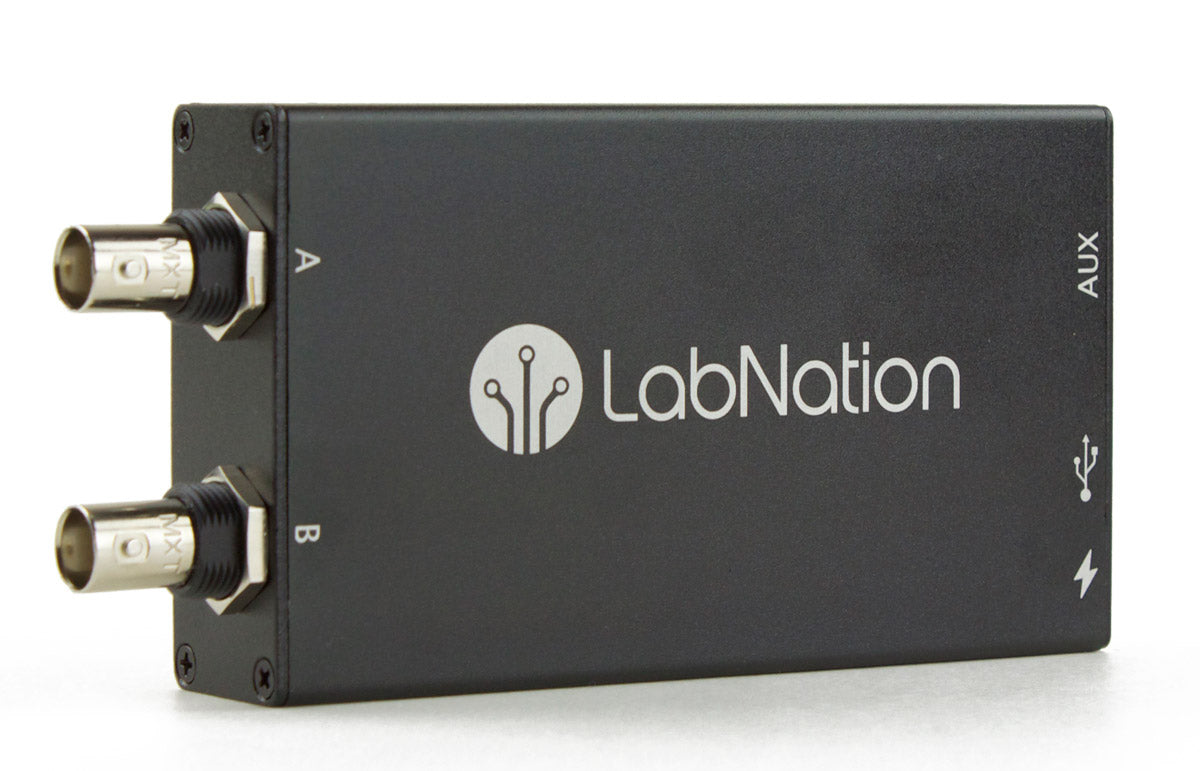

if the development is open source, why is there no source? they say they have been developing for a year, but there's no software, no hardware, absolutely nothing is currently open. it competes with the saleae line, the picos you pointed out, and a whole bunch of other designs i'm not even aware of.Īnother thing that bothers me, however, is that it is a total abuse of the idea of open-source. it's just another design point in the space. so this is pretty far from a game changer. a hammond project box, some EMI caging and the dangerousprototypes boards are cheaper for the same functionality, precision, etc. This is an interesting project, but as usual with successful kickstarters, i ruffle at the marketing. the serious picos are larger than the logic board on my little tek, frankly, and that's without any physical interface. the design parameters and tradeoffs are largely limited by physics. look up prices on real studio mixers.Įveryone's solving the same problem: as much data out of some number of signals as possible. Real soundcards are ridiculously expensive. a couple of sim connectors and some 0.5USD EEPROMs and ta-da! the protocol analyzer module is literally just a SIM card with 3 different 2 byte registers on it. In fact, even my lowest-of-the-low-end tek DPO is unlockable. they're very reasonably priced, as you only have to buy the lowest model in each tier and you can soft-unlock it to have all the higher-end features. The hackable rigol DPOs and MSOs are a much better deal, frankly. even if you had the most insane (5v!) logic-level regulation in your little USB can and you spent real money on a discrete DAC (that of course, has to run on 5v like 400ma!!) by the time you get to your display device and on the screen, you've lost any precision you worked so hard to achieve. even if the current generation of arm socs in shipping devices had NEON cores, NEON leaves quite a bit to be desired they sacrificed quite a bit to target lower power usage, and in floating point matrix ops that means precision lossyness. The other thing is that they are targeting clients that have very limited even digital accuracy. the digital end is fairly simple, but that's why there are so many on the market already. the guys who do analog scopes have much better luck with the shielded and very well thought out m-audio products. SmartScope systems are used by manufacturers around the world – from applications like quick walk-up measurements on the shop floor, to intricate Industry 4.0 production environments with full automation.USB analog scopes do exist, but they have insane noise floors. This added versatility translates into lower capital expense and lower operating costs for your benefit. SmartScope systems from OGP utilize multiple capabilities, usually found in multiple specialized systems, within a single system. All sensors are integrated seamlessly with the system mechanics and software, simultaneously calibrated and available for use at any step in the measurement routine. SmartScope systems are designed as multi sensor systems from the ground up.

SmartScope 3D multi sensor systems combine optical, laser and tactile sensors, letting you measure parts more completely, with lower uncertainty and in less time. First introduced in 1992, OGP® SmartScope measurement systems are one of the world’s most popular and versatile dimensional measurement systems for precision measurement challenges.


 0 kommentar(er)
0 kommentar(er)
